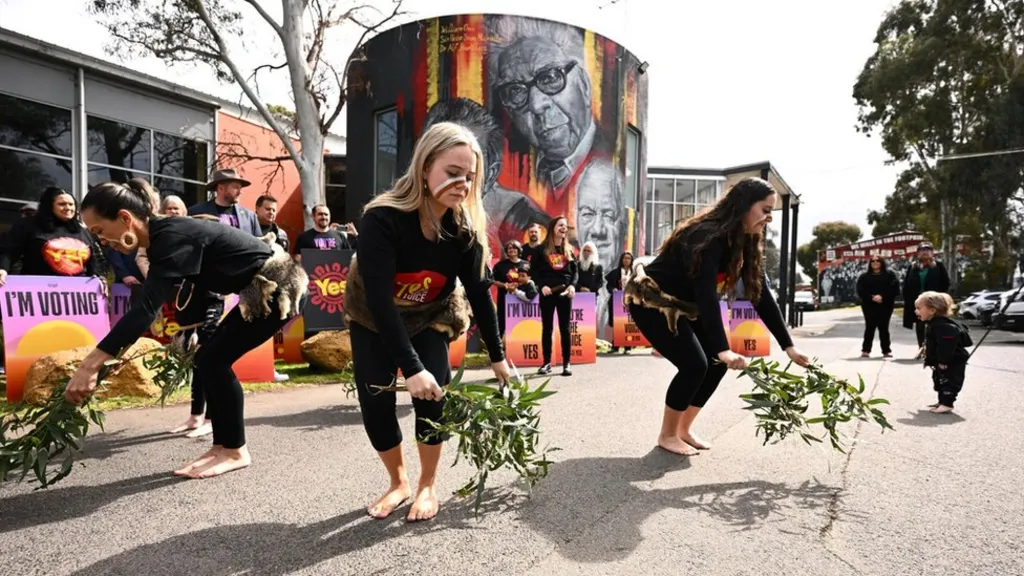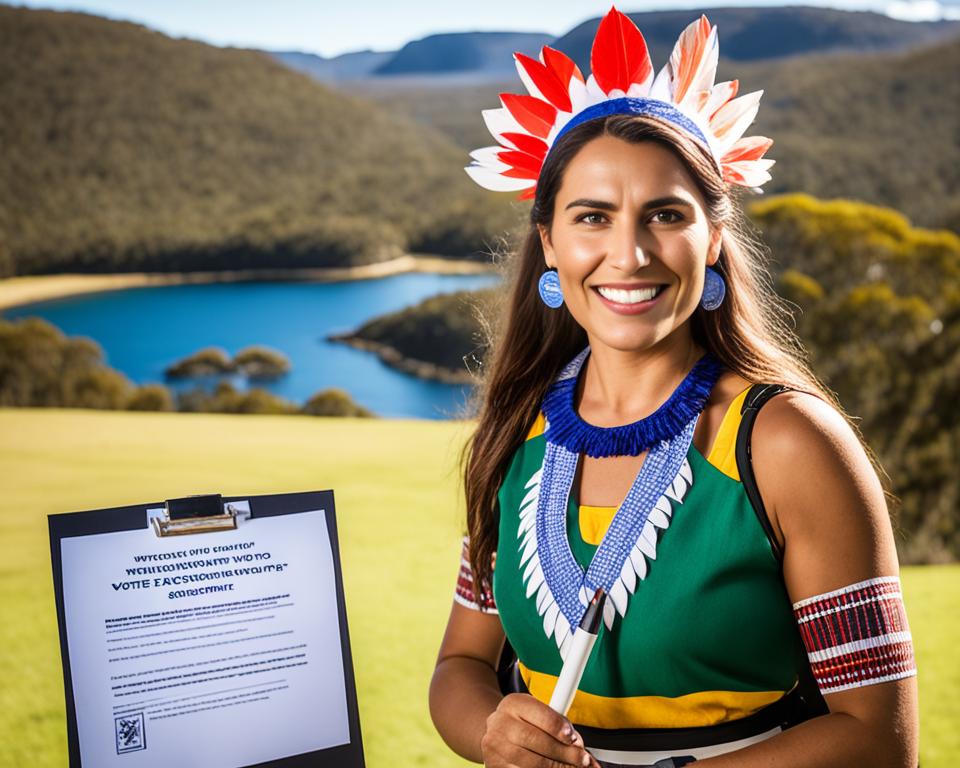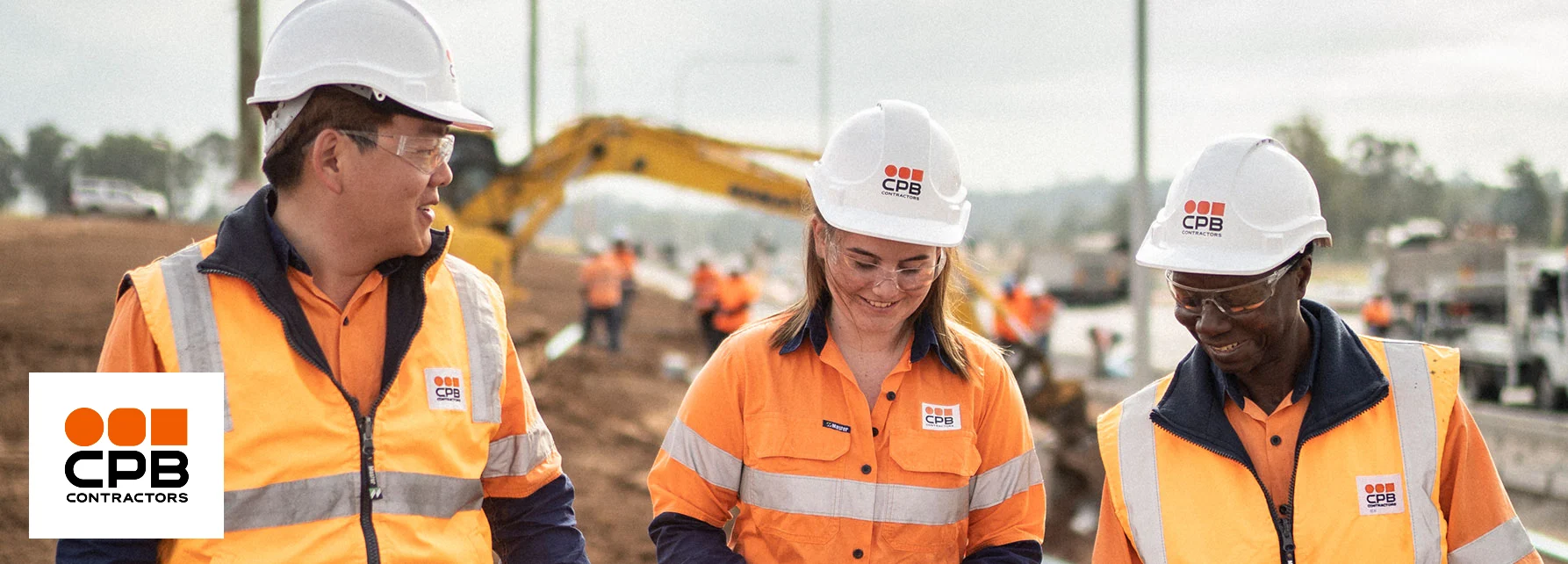Trailblazing Equality: Indigenous rights have long been a crucial aspect of Australia’s journey towards equality. Throughout history, Indigenous activism has played a pivotal role in championing the cause of Indigenous justice and advocating for the recognition of their rights. One significant milestone in this ongoing struggle was the achievement of Indigenous women’s voting rights.
The Aboriginal justice movement, along with other Indigenous empowerment initiatives, paved the way for this momentous achievement. The fight for equality encompassed not only the right to vote but also the broader goal of Indigenous empowerment and the realization of their cultural preservation.
By highlighting the historical context of Indigenous rights in Australia and the profound impact of Indigenous activism. We can better understand the path to equality. This article will explore the trailblazing efforts of Indigenous women and the significant contribution they have made towards shaping a more inclusive and just society.
The Path to Empowerment: Indigenous Women’s Voting Rights Movement
The recognition of Indigenous women’s voting rights in Australia was the culmination of a long and arduous journey towards empowerment and equality. Numerous Indigenous empowerment initiatives played a vital role in closing the gap and creating opportunities for Indigenous women to exercise their fundamental right to vote.
Empowering Indigenous women was essential in building a more inclusive and representative democracy. Through the tireless efforts of Indigenous activists, community organizations, and government initiatives, significant progress has been made in ensuring Indigenous women’s voices are heard and their voting rights protected.
The Closing the Gap initiative has been instrumental in addressing the disparities faced by Indigenous Australians across various sectors, including education, health, and socio-economic status. Recognizing the intersectionality of gender and Indigenous identity, the initiative has worked towards providing equal opportunities for Indigenous women.
Indigenous organizations such as the National Congress of Australia’s First Peoples have been at the forefront of advocating for Indigenous empowerment and representation. These organizations have played a crucial role in raising awareness, influencing policy changes, and creating platforms for Indigenous women to engage in the political process.
The Role of Indigenous Women in Leadership
Indigenous women have emerged as powerful leaders and change-makers within their communities and the broader society. Their leadership has been pivotal in driving Indigenous empowerment initiatives.
“Indigenous women are the cornerstones of our communities. When they are empowered, the entire community thrives,” highlights Dr. Jackie Huggins, a prominent advocate for Indigenous women’s rights.
This statement holds true as Indigenous women continue to initiate transformative grassroots projects, champion human rights causes, and lead community organizations. Their resilience and determination have contributed to dismantling barriers and creating a more inclusive and equitable Australia.
| Indigenous Empowerment Initiatives | Description |
|---|---|
| National Congress of Australia’s First Peoples | An Indigenous-led advocacy organization working towards empowering Indigenous communities and amplifying their voices in decision-making processes. |
| Aboriginal and Torres Strait Islander Women’s Alliance | Dedicated to advancing the rights and well-being of Aboriginal and Torres Strait Islander women by promoting cultural awareness and advocating for policy changes. |
| Strong Women, Strong Business | A program that supports Indigenous women entrepreneurs by providing resources, mentorship, and training to establish and grow their businesses. |
| First Peoples Disability Network | A national organization advocating for the rights of Indigenous people with disabilities, ensuring their active participation in decision-making processes. |
These initiatives, along with many others, have set the stage for Indigenous women to play active roles in shaping government policies, advocating for their communities, and standing up for their rights.

Trailblazing Equality: Indigenous Activism and Aboriginal Land Rights Movement
Land rights activism has played a crucial role in the Indigenous equality movement in Australia. The Aboriginal land rights movement has been instrumental in securing and preserving land rights for Indigenous communities. Empowering them for future generations.
Indigenous activists have long fought for the recognition and protection of Aboriginal land rights. Asserting their cultural connection and custodianship over the land they have inhabited for thousands of years. Their tireless efforts have yielded significant progress in ensuring Indigenous empowerment and self-determination.
“Our land is our identity, our history, and our future. It is a fundamental part of who we are as Indigenous peoples.”
Indigenous land rights activism has led to landmark legal victories, such as the High Court’s 1992 Mabo decision. This decision recognized the existence of native title rights, acknowledging the ongoing connection of Indigenous peoples to their traditional lands. It was a watershed moment that marked a significant shift in acknowledging and upholding Aboriginal land rights in Australia.
Furthermore, the Indigenous Land Corporation (ILC) and Native Title Act have been crucial in supporting land acquisition and facilitating negotiations between Indigenous communities and government bodies. These initiatives have provided opportunities for Indigenous communities to regain control over their traditional lands and generate economic benefits for their development.
The Aboriginal land rights movement continues to be a powerful force for Indigenous empowerment and resilience. Through activism, Indigenous communities have not only secured legal recognition of their land rights but have also gained the ability to preserve their cultural heritage, engage in sustainable practices, and assert their autonomy.
Impact of Land Rights Activism
Land rights activism has had a profound impact on Indigenous communities, fostering a sense of pride, cultural resurgence, and economic independence. By reclaiming their traditional lands. Indigenous peoples have gained a platform to exercise their inherent rights, revitalize their cultural practices, and strengthen their communities.
| Benefits of Land Rights Activism | Examples |
|---|---|
| Preservation of cultural heritage | Indigenous communities can protect sacred sites, undertake cultural practices, and preserve traditional knowledge. |
| Economic development and self-sufficiency | Indigenous landowners can engage in sustainable industries such as tourism, agriculture, and natural resource management, fostering economic stability and self-determination. |
| Improved health and well-being | Connection to traditional lands has been linked to improved mental, physical, and spiritual well-being among Indigenous communities. |
| Community empowerment and governance | Land rights provide the foundation for Indigenous communities to govern their affairs and make decisions that reflect their values and aspirations. |
Indigenous land rights activism is a testament to the resilience, determination, and unwavering dedication of Indigenous activists in Australia. By upholding and defending their land rights. Indigenous communities continue to pave the way for a more equitable and inclusive society.
Trailblazing Equality: Indigenous Efforts for Cultural Preservation
Australian Indigenous culture holds a wealth of wisdom, history, and vibrant traditions that are invaluable to our national identity. Recognizing the significance of cultural preservation in the journey towards equality. Indigenous communities in Australia have been at the forefront of initiatives aimed at safeguarding their rich heritage for future generations.
These Indigenous empowerment initiatives encompass a range of activities. From the preservation of ancient storytelling traditions to the revitalization of Indigenous languages. Through concerted efforts, Indigenous leaders and organizations have been working tirelessly to ensure the continuity of Australian Indigenous culture.
One of the key areas of focus in cultural preservation is the preservation of Indigenous art. From traditional dot paintings to contemporary works, Indigenous art forms provide a window into the stories, beliefs, and values of Indigenous communities. By supporting and promoting Indigenous artists, these initiatives play a vital role in preserving cultural heritage and empowering Indigenous individuals.
“Indigenous art is a powerful means of cultural expression, offering a unique insight into the rich tapestry of Australian Indigenous culture.” – Anna Clark, Indigenous Art Curator
Another crucial aspect of preserving cultural heritage is the revival and maintenance of Indigenous languages. These languages not only hold deep cultural significance but also serve as conduits for passing down knowledge. Stories, and customs through generations. Indigenous communities are championing language programs and initiatives that aim to revitalize and promote the use of Indigenous languages within their communities and the wider society.

Efforts to Preserve Indigenous Cultural Heritage
Indigenous communities have established cultural centers, museums, and educational programs dedicated to preserving and showcasing their cultural heritage. These centers serve as important hubs for Indigenous knowledge, art, and traditions, providing a space for community members and visitors to engage with and learn from Indigenous culture.
Moreover, Indigenous elders and knowledge holders play a pivotal role in passing on traditional cultural practices and wisdom to younger generations. Their invaluable contributions ensure the continuity and vitality of Indigenous cultural traditions. Strengthening the fabric of our society as a whole.
The Role of Indigenous Empowerment Initiatives
Indigenous empowerment initiatives have been instrumental in supporting cultural preservation efforts. These initiatives empower Indigenous communities to determine the future of their culture and heritage. Ensuring that their voices are heard and their rights are respected.
Through funding programs, grants, and partnerships. These initiatives provide essential resources and support to Indigenous individuals and organizations involved in cultural preservation. By fostering collaborations and facilitating community-led initiatives. Indigenous empowerment programs contribute to the enduring protection and celebration of Australian Indigenous culture.
Preserving Australian Indigenous culture is not only a significant step towards equality but also a testament to the immense value. Through their unwavering commitment and efforts. Indigenous communities continue to preserve their cultural legacy. Strengthening our collective understanding and appreciation of the rich tapestry of Australian Indigenous culture.
| Initiative | Description |
|---|---|
| Indigenous Cultural Centers | Cultural centers provide a platform for Indigenous communities to showcase and preserve their art, traditions, and stories. |
| Language Revitalization Programs | Initiatives aimed at revitalizing Indigenous languages through language programs and community support. |
| Supporting Indigenous Artists | Initiatives that promote and support Indigenous artists, ensuring the preservation of Indigenous art forms. |
| Elders’ Knowledge Transmission | Recognition and support of Indigenous elders’ role in passing on cultural practices and wisdom to younger generations. |
Trailblazing Equality: Efforts by Reconciliation Australia
Reconciliation Australia has played a crucial role in promoting equality and reconciliation between Indigenous and non-Indigenous Australians. Through its dedicated efforts, Reconciliation Australia has been instrumental in bridging the gap and fostering meaningful relationships between different communities. It recognizes that achieving lasting reconciliation requires empowering Indigenous individuals and communities through various initiatives and programs.
One of the key efforts by Reconciliation Australia is the promotion of Indigenous empowerment initiatives. The organization firmly believes that empowering Indigenous communities is essential for creating a more inclusive and equitable society. By supporting initiatives that focus on Indigenous leadership development, land rights activism, and cultural preservation. Reconciliation Australia strives to ensure that Indigenous voices and perspectives are valued and respected.
Furthermore, Reconciliation Australia actively engages with both Indigenous and non-Indigenous Australians to foster understanding and collaboration. Through its campaigns, events, and resources, the organization encourages open dialogue, education, and awareness about the history. By promoting respectful relationships and cultural understanding, Reconciliation Australia aims to forge a united Australia where everyone can thrive.
In conclusion, Reconciliation Australia’s efforts in promoting equality and reconciliation are commendable. By prioritizing Indigenous empowerment initiatives and actively working towards bridging the gap between communities, Reconciliation Australia is creating positive change. Collaborative efforts like these are crucial in building a future where Indigenous Australians are fully empowered and respected.
Frequently Asked Questions
Trailblazing Equality: What is the significance of Indigenous women’s voting rights in Australia?
Indigenous women’s voting rights in Australia are a milestone achievement in the ongoing struggle for Indigenous rights and equality. It recognizes the agency and voice of Indigenous women in shaping the political landscape of the country.
Trailblazing Equality: How did the Indigenous women’s voting rights movement come about?
The recognition of Indigenous women’s voting rights in Australia is the result of years of activism and advocacy. Indigenous empowerment initiatives, such as Closing the Gap, played a pivotal role in creating awareness and mobilizing support for this cause.
Trailblazing Equality: What is the Aboriginal land rights movement?
The Aboriginal land rights movement in Australia aims to secure and preserve land rights for Indigenous communities. It is driven by Indigenous activists who fight for the recognition of traditional ownership and the protection of sacred sites.
Find out more at: https://tinyurl.com/yuvzsy92













